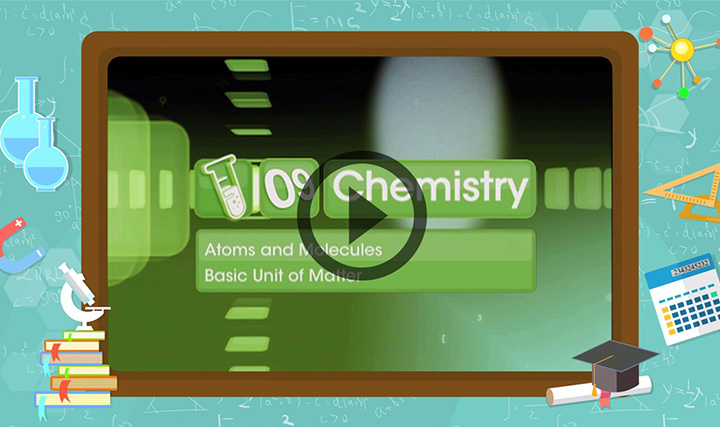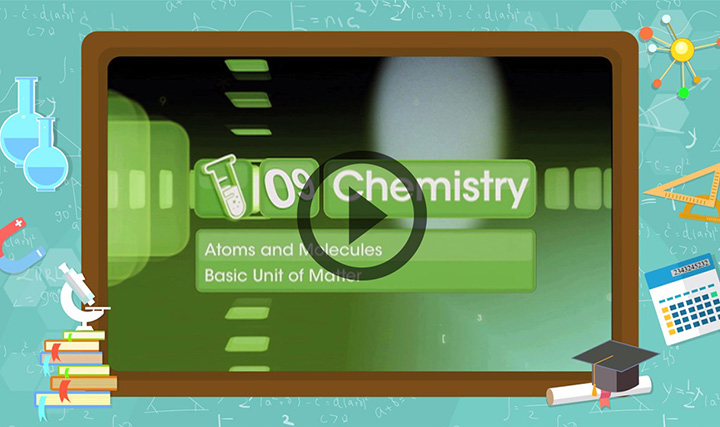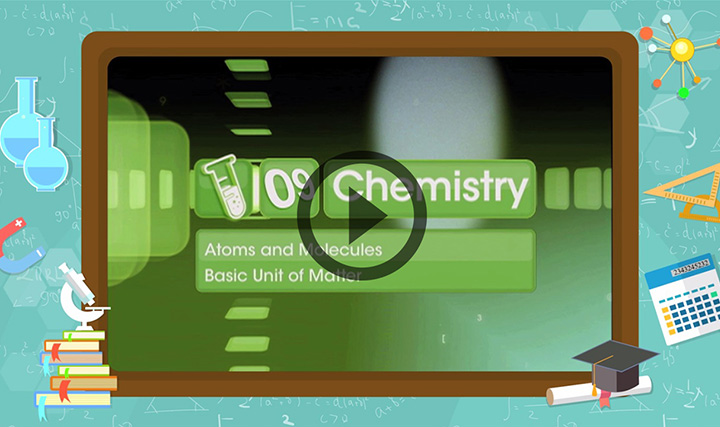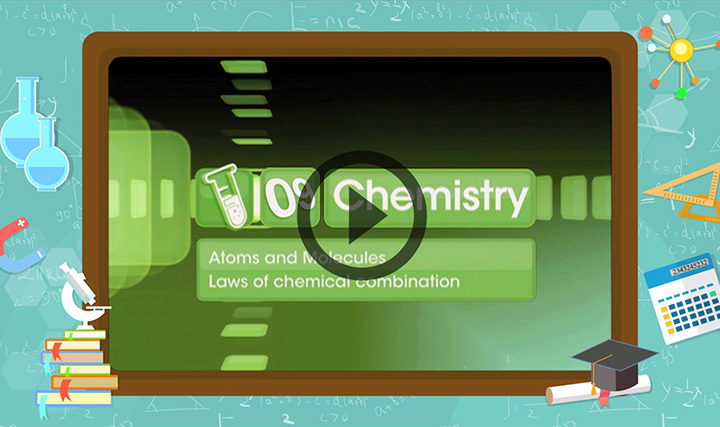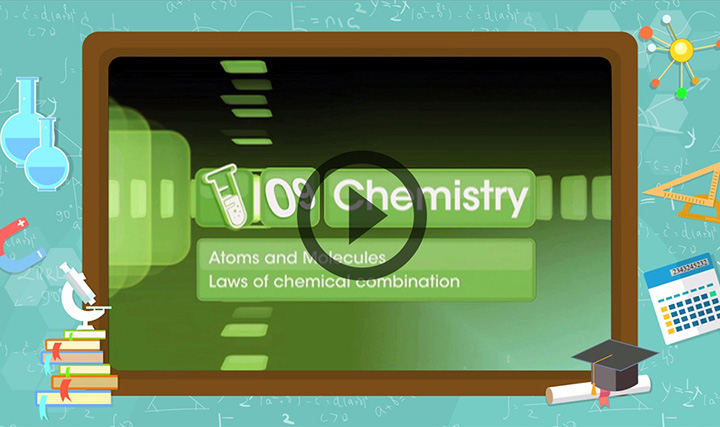CBSE Class 9 - Laws of Chemical Combination Videos
Laws of Chemical Combination
This video explains the law of conservation of mass, the law of multiple proportions and the law of chemical combination.
More videos from this chapter
View All- What is kinetic energy?
- what is chemical
- What is kinetic energy
- What is inter molecular force?
- What is meaning of kinetic energy
-
in a reaction 4.0g of sodium carbonate were reacted with 10g of hydrochloric acid. The product was a mixture of 2.5g of carbon dioxide and 11.5g of sodium chloride.
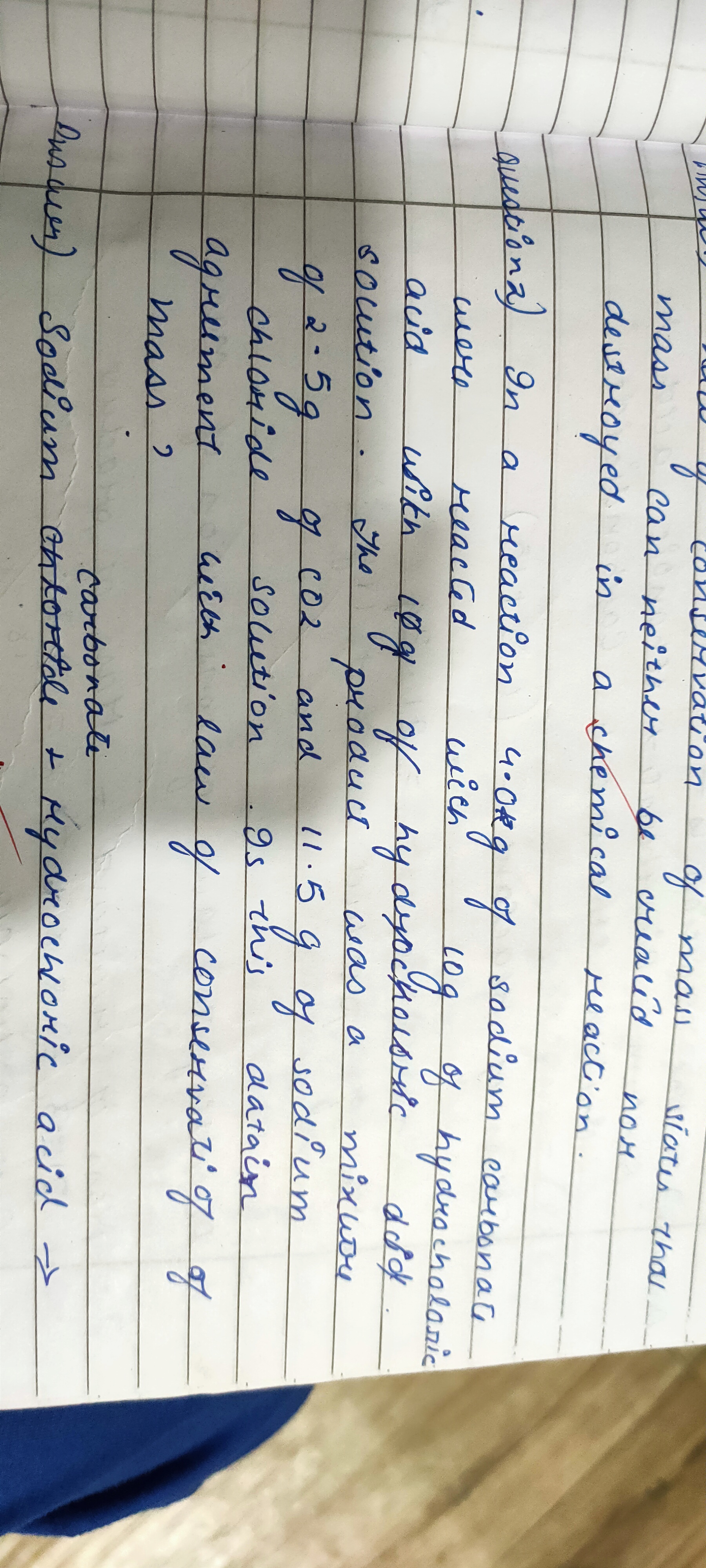
- How to identify which radical it is? Any tricks to find?
- What are the forth drawback of Delton'theory ?
- What does 20% w/v sugar syrup means what.
- In a reaction 5.3gm of sodium carbonate reacted with 6gm of ethanoic acid , the products were 2.2gm of carbon dioxide, 0.9gm of water and 8.2 gm of sodium ethanoic. Show that , these observations are in agreement with law of conservation of mass.

